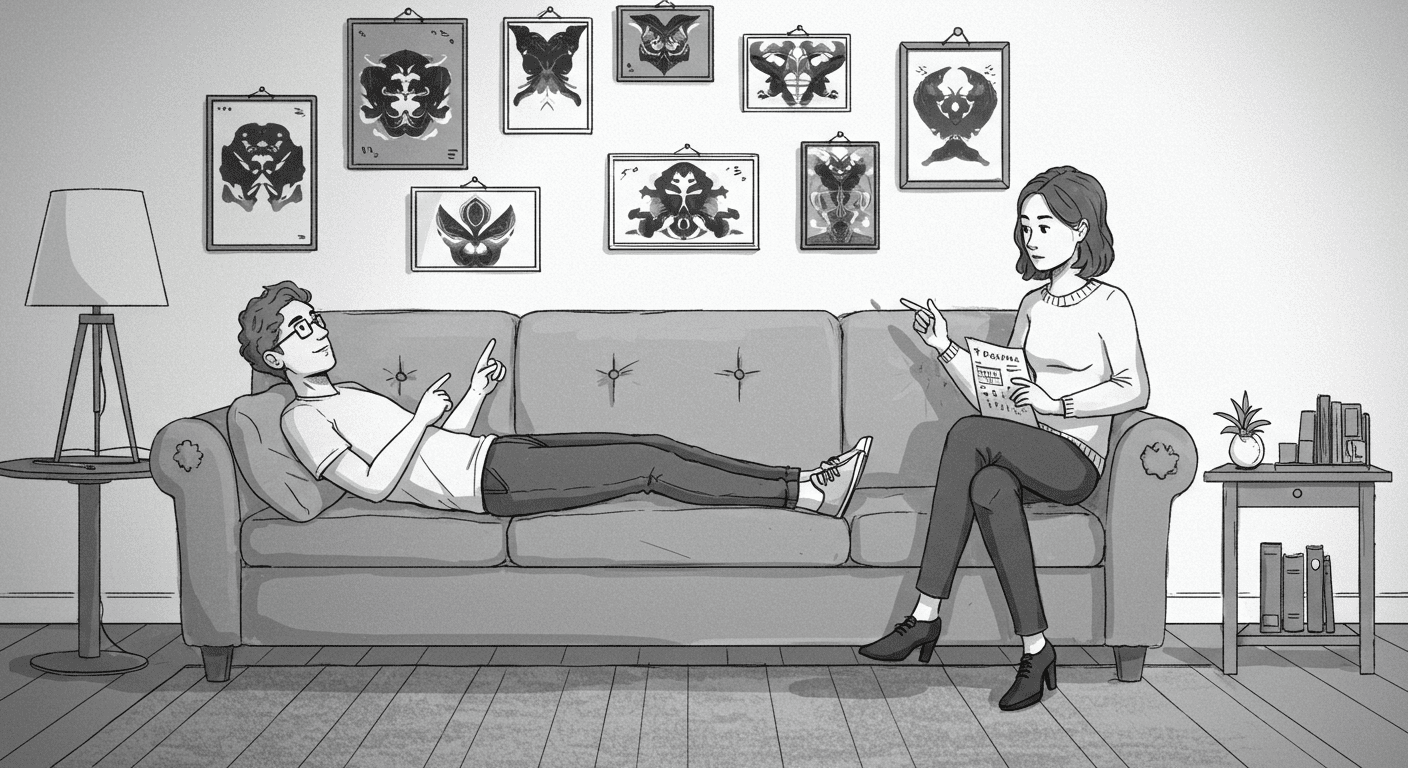This isn’t a pitch. It’s not a teardown. And it’s definitely not for clout.
It’s a reflex. A twitch in the brain. The quiet urge to take something you admire and… move a few things around.
We’re talking about unsolicited redesigns — the ones that happen in your head, on a napkin, in a Figma frame titled something totally non-committal like “Redesign_Maybe_IDK_v1”.
We do them all the time. Not to be clever. Not to be right. But because it’s how we think.
This post is about why that impulse matters — and what we’ve learned by redesigning other people’s work without asking. (Sorry.)
Let’s Get Something Clear
We’re not dunking. If a product made it onto our radar, that means something. Most products don’t. (Truly. Have you seen the internet?)
When we redesign something unsolicited, it’s because it’s almost there. It has shape. Signal. Structure. It just needs a bit of clarity. Or courage. Or whitespace.
Redesigning without permission isn’t about critique. It’s about curiosity. And, okay, maybe a little compulsion.
The Reflex
You know the feeling. You sign up for a product. First click — smooth. Second click — wait, what’s this doing here? Third click — oh no.
Or you admire a clean landing page, but the pricing logic feels like a riddle. Or the dashboard hierarchy feels like someone’s cat walked across the wireframes. Or the signup flow is like a maze designed by a particularly petty minotaur.
You can’t not see it. And suddenly there’s a screenshot. Then a Figma frame. Then a team message: “Hey, not urgent, but I may have redesigned this entire platform. Just for fun.”
We don’t plan these. They just… happen. Like improv jazz. But with dropdown menus.
Why We Do It
- To stretch our thinking.
Redesigning something we didn’t build forces us to engage with unfamiliar logic. New problems. Different constraints. A bit like trying on someone else’s jeans and realising, “Huh, no pockets?” - To practice clarity.
Can we explain why something feels off — and how we’d fix it — without knowing the full context? That’s a design muscle. Or maybe a design neurosis. Either way, we’re leaning in. - To work without stakes.
There’s freedom in knowing the client isn’t watching. You can get weird. Be bold. Prototype the stuff you’d normally water down at slide 17 of a stakeholder deck. - To stay sharp.
Taste fades if you don’t use it. We do these redesigns to recalibrate our instincts. Like flossing, but for hierarchy and spacing.
The Unofficial Rules
We’ve never formalised them — but we whisper them to each other like folklore. Here’s our unofficial code of unsolicited redesigns:
1. Critique the structure, not the surface.
We’re not here to fix the colour palette (unless it’s beige on beige). We’re here to rethink flow, feedback, and what happens when someone actually tries to use the thing.
2. Respect the intention.
Assume someone smart worked on this. Try to understand what they were solving. Then make fun of the solution just enough to make it better.
3. Stay generous.
This is admiration in disguise. If we didn’t like it, we wouldn’t be spending our weekend adjusting your padding and rewriting your tooltip copy.
4. Know it’s not real work.
We’re not shipping this. We don’t need it to scale. We don’t care what the backend stack is. This is for thinking. Not delivery.
What We Learn
Redesigning without context is weirdly clarifying. It forces you to:
– Make fast assumptions
– Decide what really matters
– Spot interaction bottlenecks you’ve ignored in your own work
– Embrace the chaos board phase without shame
It also makes you a bit humbler. Because halfway through mocking someone else’s navigation, you realise… you’ve made worse.
It’s not just an exercise in critique. It’s a mirror. With nicer buttons.
What It’s Not
It’s not speculative work. We’re not fishing. We’re not tagging companies on LinkedIn with pixel-perfect redesigns and coy captions.
It’s not design snobbery. We know how hard this is. The teams behind these products are probably juggling real constraints. Like scope creep. Or management. Or whatever dark magic powers enterprise dashboards.
And it’s not always polished. Some redesigns stay in “conceptual sketchpad” mode forever. Some are text notes. Some are half-redesigns wrapped in a joke. That’s okay.
It’s not meant to be a case study. It’s meant to be alive.
And Yet… It Works
Sometimes a product we redesigned in secret ends up emailing us. Sometimes we open that email and go, “Wait, we already know this UI like the back of our overthought prototype.”
Coincidence? Maybe. But the creative attention wasn’t wasted. We’d already been thinking about them. That energy just finds its way back.
Also: it’s nice to be ready. Not in a creepy way. In a “hey, we’ve thought this through” way.
Final Thought
Redesigning without permission isn’t about being right. It’s about being interested.
It’s a design impulse born from curiosity, care, and maybe a tiny bit of control-freak energy. But mostly? It’s love.
Love for ideas that are close. For flows that could be simpler. For the effort someone else already put in.
So if you ever find one of us quietly poking at your empty state logic or tweaking your mobile nav…
We’re not judging.
We’re admiring. And maybe — just maybe — we’re learning how to design better ourselves.
